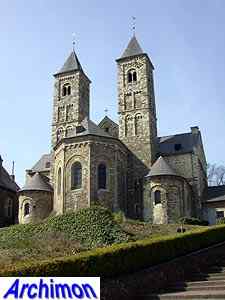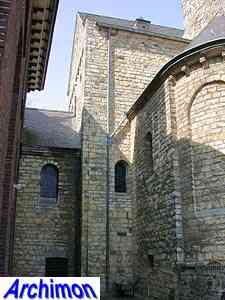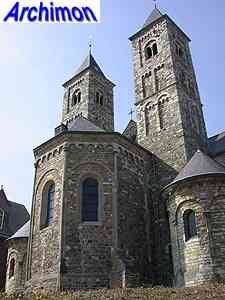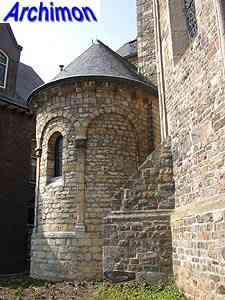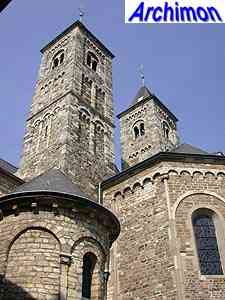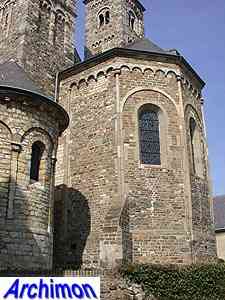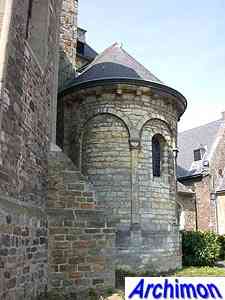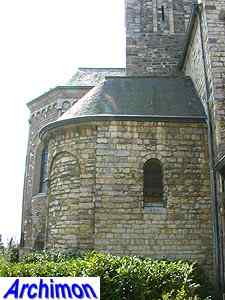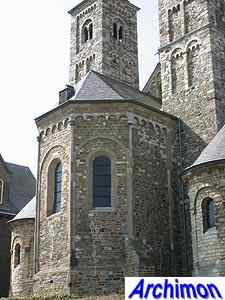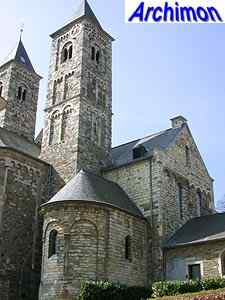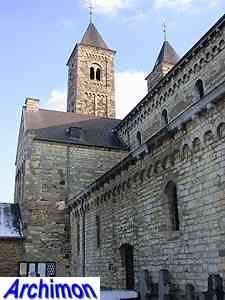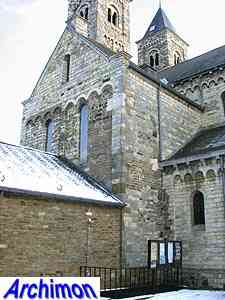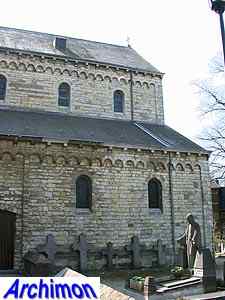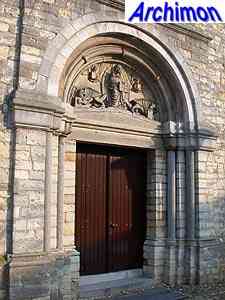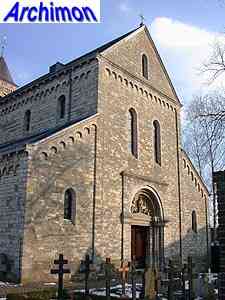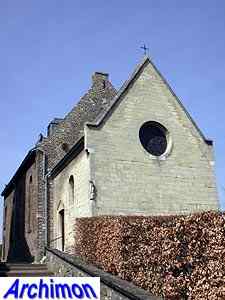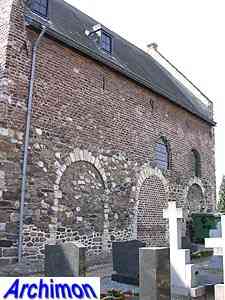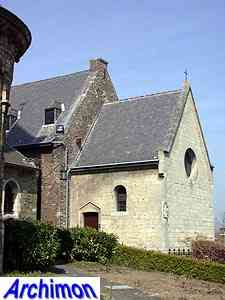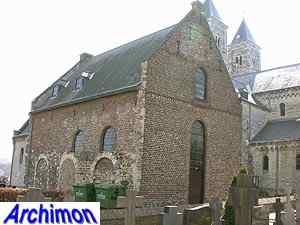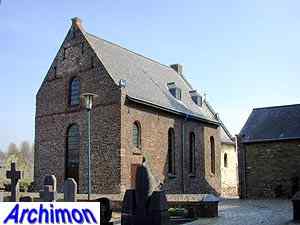
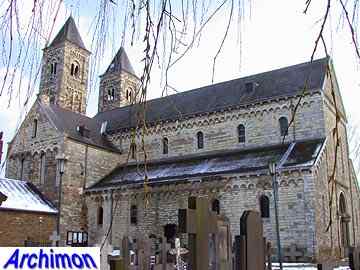 Is
this one of the country's oldest churches, or is it a falsification?
Either way, this church in Romanesque style, standing on top
of a hill, is an impressive sight. The building's history goes
back to the first halve of the 8th century, when three Anglo-Saxon
priests founded a monastery here, with a church dedicated to
St. Petrus. In the 9th century this monastery became a refuge
for the chapter of the cathedral in Utrecht, that had fled from
the Vikings. The chapter stayed here until 1361, and after a
century of decay the former monastery became a convent. It still
is, although the original building has been replaced. The church
was handed to the parish in 1680.
Is
this one of the country's oldest churches, or is it a falsification?
Either way, this church in Romanesque style, standing on top
of a hill, is an impressive sight. The building's history goes
back to the first halve of the 8th century, when three Anglo-Saxon
priests founded a monastery here, with a church dedicated to
St. Petrus. In the 9th century this monastery became a refuge
for the chapter of the cathedral in Utrecht, that had fled from
the Vikings. The chapter stayed here until 1361, and after a
century of decay the former monastery became a convent. It still
is, although the original building has been replaced. The church
was handed to the parish in 1680.
The church of the 9th century was a one-aisled building with
a westwork and a narrower choir. Of that building nothing remains
above the ground. A new nave was built in the 11th century, followed
by transept, choir and towers in the 12th century. The current
look of the church however is in many ways the result of a restoration
by architect P.J.H.
Cuypers from 1880 until 1883. This restoration was preceded
by a long period of neglect, and all that was left of the old
church were three traves of the nave, the northern transept-arm
with its tower, and the choir. Cuypers restored the church according
to his own ideas, which usually meant reconstruction, leading
to the loss of historical value. In this particular case, parts
that had vanished long ago, like the side-aisles, the southern
tower and the two choirs on the transept-arms, were rebuilt.
Older parts were often replaced by new ones. Of the original
building little was left. World War Two worsened the situation
even more. On January 26th of 1945 German troops needlessly destroyed
the church. After the war the church was almost completely rebuilt.
Next to the church stands a second, smaller church. This church
was built in ca. the year 1000 and was used by the parish. It's
now used as a baptistery. On the north-side three closed arches
remain of a side-aisle that was added to the building in the
11th- or 12th century. The marl extension on the east side dates
from the 19th century.
